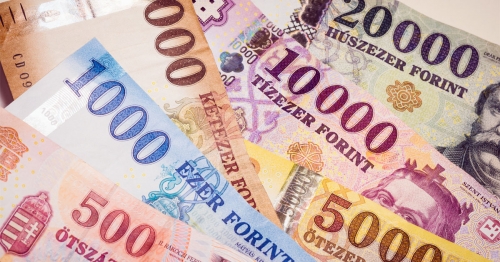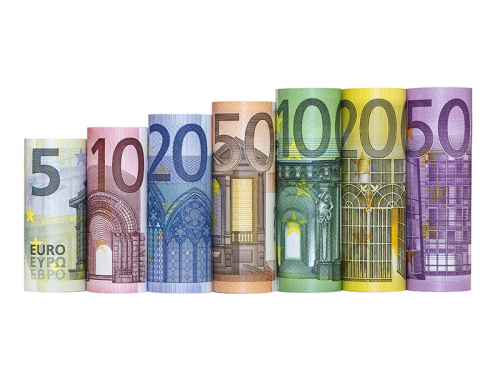5 Facts You Probably Didn't Know About the Hungarian Forint

Back by Popular Demand
While Hungary is in the European Union, they do not use the Euro as currency. As the title of this article would suggest, Hungary’s currency is the Forint, which was re-introduced in 1946 post WWII. Prior to this, the Forint was the country’s currency between 1868 and 1892 (during the Austro-Hungarian Empire) before it was replaced by the peng?.
A Whole Lot of 0's
Royal Figureheads
Three of the Hungarian banknotes have illustrations of some prominent figureheads in the country’s history. These historic figures includine Kings Charles I, Matthias I, and Stephen I, all of whom had a monumental impact on Hungary and its people.
A Romantic History
The name “Forint” actually comes from the city of Florence, where gold coins minted in 1252 and beyond were called “fiorino d'oro”. The Hungarians followed suit (in their own way) on the naming conventions of gold coins for the time; thus leading to their currency being named the Forint.
Joining the EU
Since Hungary joined the EU in April of 2003, there's been a lot of speculation on when they will switch their currency over to the Euro. Economists are arguing that the forint should disappear by 2020, "depending on the country’s economic situation".
Get more foreign currency (FX) news >
Subscribe now to CXI's newsletters >
Currency Exchange International (CXI) is a leading provider of foreign currency exchange services in North America for financial institutions, corporations, and travelers. Products and services for international travelers include access to buy and sell more than 80 foreign currencies, gold bullion coins and bars. For financial institutions, our services include the exchange of foreign currencies, international wire transfers, purchase and sale of foreign bank drafts, international traveler’s cheques, and foreign cheque clearing through the use of CXI’s innovative CEIFX web-based FX software www.ceifx.com

 Ordering foreign currency online is easy with OnlineFX.
Ordering foreign currency online is easy with OnlineFX.


